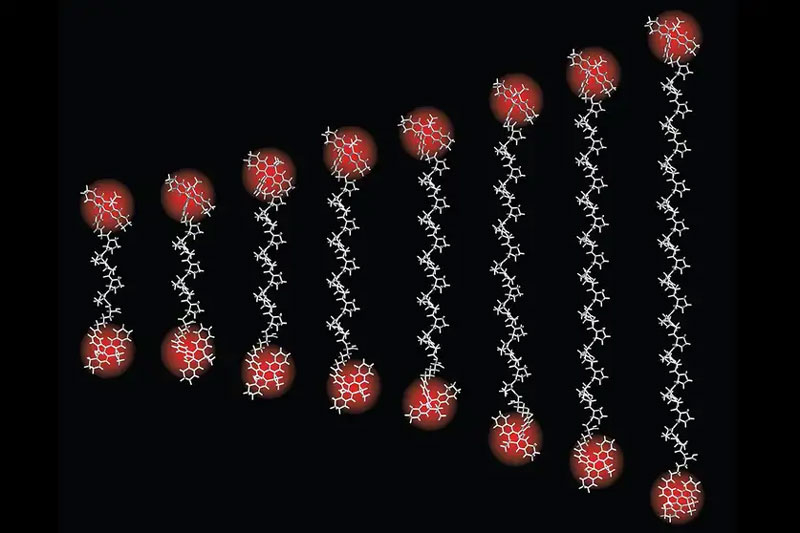As more precise tools become available, science delves deeper into the structure of matter, today operating with molecules and atoms. This helps in the development of new drugs, materials, and even in the field of electronics, where there is increasing talk about the prospects of moving to transistors the size of a single atom. To involve more participants in these processes, the equipment must become simpler, and scientists are actively working on this.

Image source: Steffen J. Sahl / Max Planck Institute for Multidisciplinary Sciences
One of the problems of working with nanometer structures remains the measuring equipment, which is highly complex, bulky and expensive. Even simple measurements of distances between molecules require electron microscopes and other sophisticated equipment. Unfortunately, physical laws do not allow the use of convenient and relatively simple optical instruments for such operations, the most striking example of which is the microscope.
Researchers at the Max Planck Institute for Interdisciplinary Sciences in Germany have been able to make significant advances in the field of measuring intramolecular distances with angstrom precision using optical methods. In fact, they were able to measure a distance one atom wide without resorting to complex instruments.
We can say that scientists made this discovery by accident. They studied the spatial structure of proteins (protein folding) using fluorescent markers. Markers based on polyproline, which is already used as a “ruler” in structural biology, were attached to the molecules, and then the samples were illuminated with a laser. The glow of the markers, excited by the laser pulse, was recorded as electromagnetic radiation and gave an idea of the distance between the marks.
The work allowed the scientists to develop a new approach for measuring intramolecular distances in the range of 1 to 10 nanometers for typical molecules, which they called Minflux. The smallest distance the researchers were able to measure using this method was 0.1 nm, which corresponds to the width of one atom. This method has been tested on organic molecules, but it remains possible that it could be used to measure distances in semiconductors, which would significantly help the development of angstrom-era electronics.